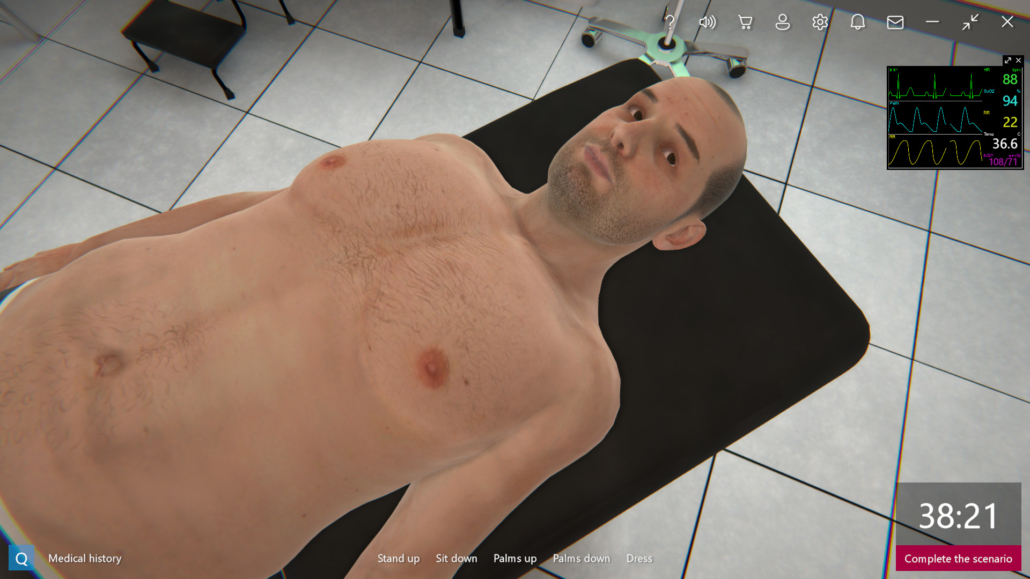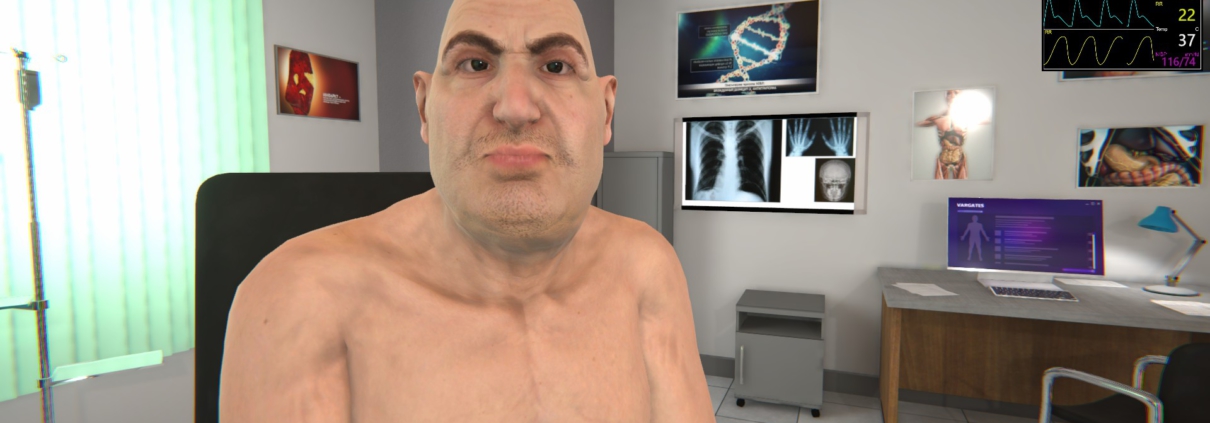Why do we pay so much attention to virtual patients?
Virtual patients are computer models created to simulate the human body and use them in medical research and teaching.
Virtual patients can be helpful for various medical education, research, and new drug development purposes.
The main areas of application:
- Teaching and training medical professionals: Virtual patients can be used to train students and medical professionals. They allow you to simulate realistic disease cases, which helps improve diagnostic and treatment skills.
- Cost reduction: Virtual patients can help reduce the cost of medical research and education because they do not require funding for care and treatment. In addition, they can significantly reduce the cost of expensive equipment, simulators, and classrooms.
- Testing new drugs: Virtual patients can help speed the development of new drugs by allowing researchers to test them on virtual patients instead of real people. This can reduce the costs and risks associated with human research.
- Treatment optimization: Virtual patients can be used to simulate different treatment scenarios and determine the best approach for a particular patient.
- Disease research: Virtual patients can be used to research various diseases better to understand their causes, mechanisms, and possible treatments.
- Medical Device Testing: Virtual patient models can be used to test and simulate the performance of medical devices, helping to improve their efficiency and safety.

Virtual patients are now being used extensively in medical universities, where they are used to train medical students and residents to practice diagnosing, treating, and managing various medical conditions. With virtual patients, medical students can learn the skills needed to care for patients without risking patient health.
Virtual models can also be used to teach medical procedures such as injections, probing, operations, and other procedures. This allows students and medical professionals to learn practical skills without having to use real patients.
In general, the use of virtual patients in medical universities can improve the education of medical professionals, reduce training and research costs, and reduce risk to both patients and teaching equipment.
VARDIX Group has been creating virtual patients for more than 10 years and is one of the leaders in this area. You can buy ready-made systems or order the development of scripts and models for your specialized tasks.
We also invite new partners, integrators and developer groups to the dialogue. Email us and we’ll be sure to get back to you.
You can try out the VARGATES virtual patient training system absolutely free right now through the website:



